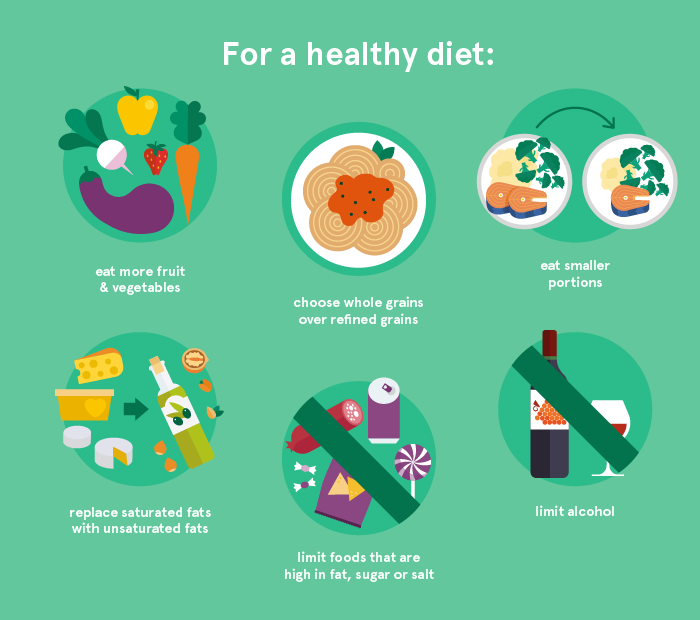The ketogenic diet has blown up in the last few years, but how did something that was historically used to treat epilepsy suddenly become so popular with fitness enthusiasts and people who want to lose weight? What exactly is a ketogenic diet, what’s the science behind why it works? And is it sustainable as a healthy, long term lifestyle change and diet plan? If you’d like to know the answer to these questions, then read on for part 1 of our explanation of the ketogenic diet!
What does a ketogenic diet mean?
Simply put, it is a diet that’s very low in carbohydrates, paired with a high level of fat and moderate amount of protein. Although it might sound counter-intuitive, it’s based on the belief that eating a high fat diet could promote greater fat-loss because our body is undergoing ketosis.
Ketosis is something we’ve talked about many times on this blog, so I’ll stick to the crash-course version of it here. Our bodies normally digest and burn carbohydrates as our main source of energy, but during ketosis, we use ketone bodies produced from fatty acid digestion instead. This occurs whenever our blood glucose levels and liver glycogen stores (the storage form of carbohydrates) are low, which happens during fasting or if you’re deliberately providing your body with only small amounts of carbohydrates. As its name suggests, a ketogenic diet promotes ketosis by replacing calories we’d normally get from carbohydrate rich foods, with high-fat foods instead.
How much fat should I eat?
Although a ketogenic diet is very from a traditional balanced diet, it still requires careful planning and balancing! The most important factor is to remember that it’s a LOW-carb diet and not a NO-carb diet. Carbohydrates are still essential for normal physiological function because some parts of our body are able to use only sugars as a source of fuel. For example, our red blood cells can only use glucose, and our brains can only use sugars directly for energy.
The macro breakdown of most traditional form of the ketogenic diet is 90% fats, and about 6% protein and 4% carbohydrates. However, many find this level of fats to be too restrictive and difficult to maintain (Dhamija and Eckert, 2013). At Eatology, our macros as less drastic (but just at effective at promoting ketosis!) at 75% fats, ~ 20% protein, and 5 – 7% carbohydrates. This higher proportion of protein not only makes the diet more palatable, it also helps to maintain muscle mass. (Also read: Macros Matter in Weight Loss)
How is it different from a Low Carb or a Keto Light diet?
The Keto Light Diet is categorized under the larger ketogenic diet umbrella, and it’s a much more flexible version of the classic keto diet. While classic keto emphasizes awareness on total energy intake by have a fixed percentage of energy come from fats, Keto Light Diet simply restricts carbs below a certain weight amount, without counting fat or protein calories strictly. For the uninitiated, Keto Light could also be easier to follow its macros are slightly higher in carbs, at 60-65% fats, ~ 25 -30% protein, and 10% carbs for Eatology’s Keto Light program.
In comparison, Eatology’s Low Carb plan is even higher in carbohydrates, at approximately 15 – 20%. This level of carbs are sufficient for maintaining most of our daily functions (ie. no endurance or intense exercise) without needing to go into ketosis. So if your primary goal is to use fats as the main source of energy, then the Keto Light or Keto plan would be more suitable.
Want to know more?
We’ve only covered the basics of what a Ketogenic diet, barely scratching the surface on everything there is to know on this topic. If you’d like to know more we have articles in relation to healthy eating, weight loss and body transformation. Check our articles: Ketogenic Diet vs Keto Light Diet , Ketogenic=Cholesterol? , Paleo or Keto Diet- Which One is the Right One For Me.
References:
Dhamija, R., Eckert, S., & Wirrell, E. (2013). Ketogenic Diet. The Canadian Journal of Neurological Sciences, 40(02), 158-167. doi:10.1017/s0317167100013676
Roehl, K., & Sewak, S. L. (2017). Practice Paper of the Academy of Nutrition and Dietetics: Classic and Modified Ketogenic Diets for Treatment of Epilepsy. Journal of the Academy of Nutrition and Dietetics,117(8), 1279-1292. doi:10.1016/j.jand.2017.06.006


